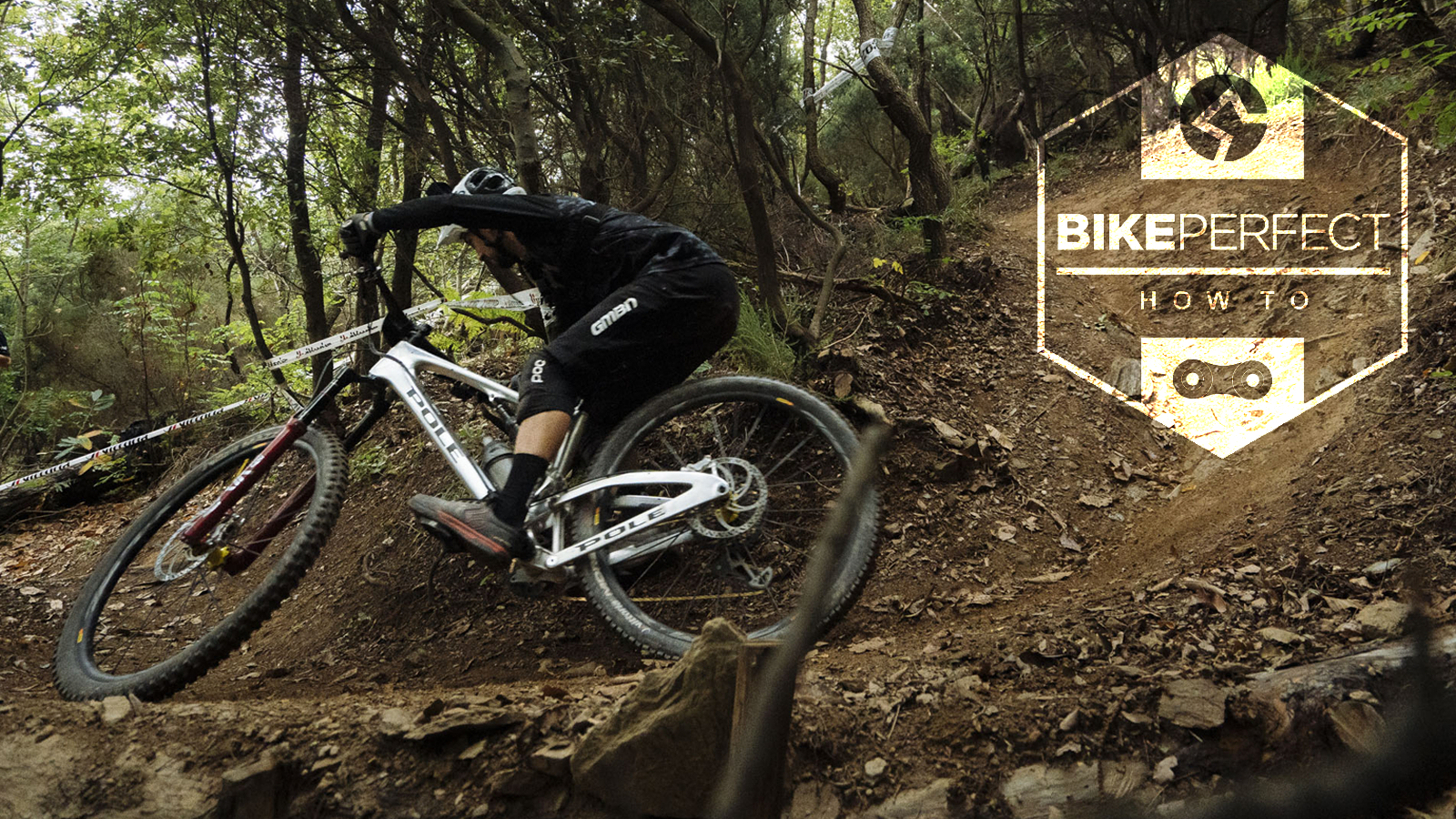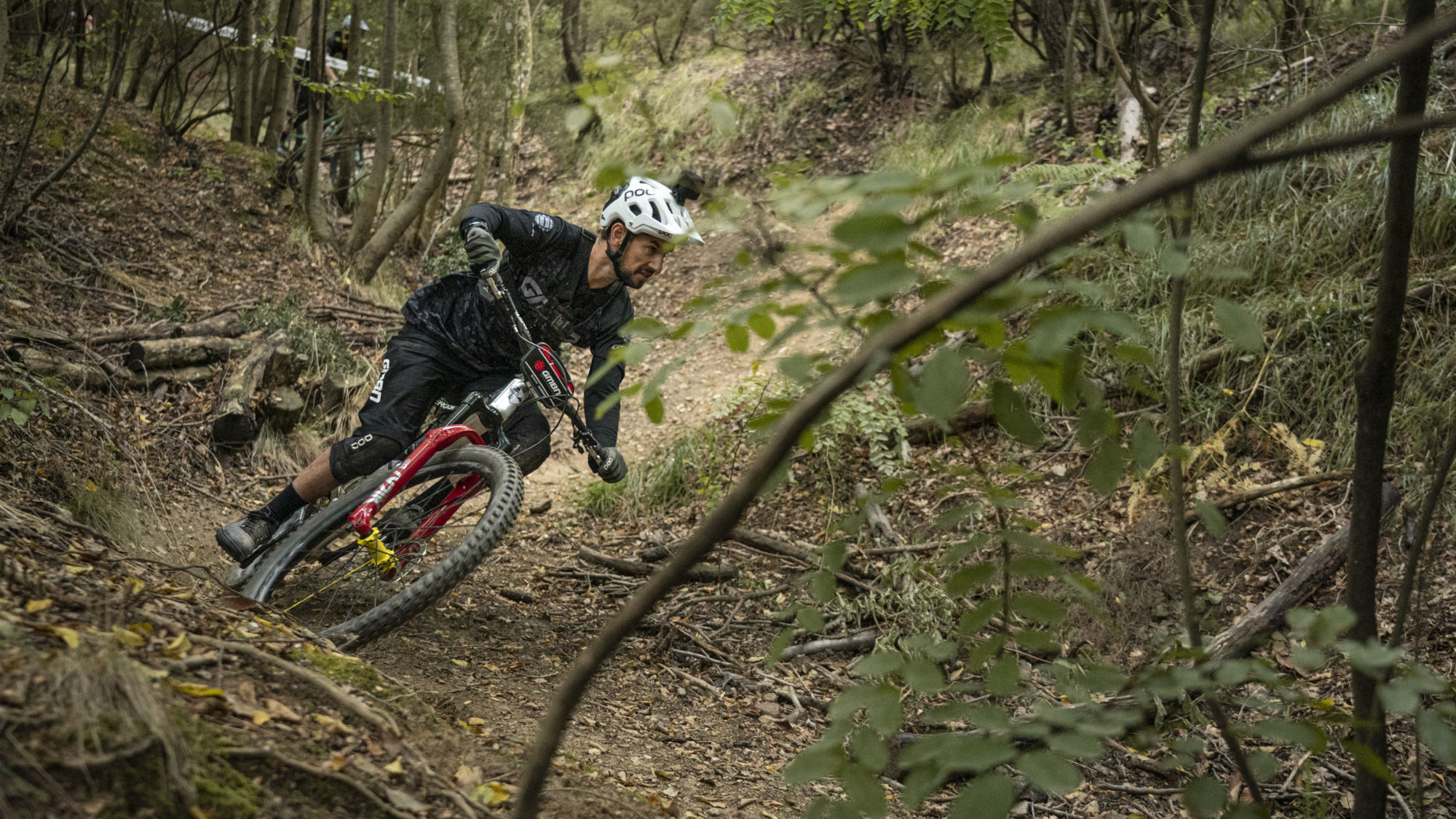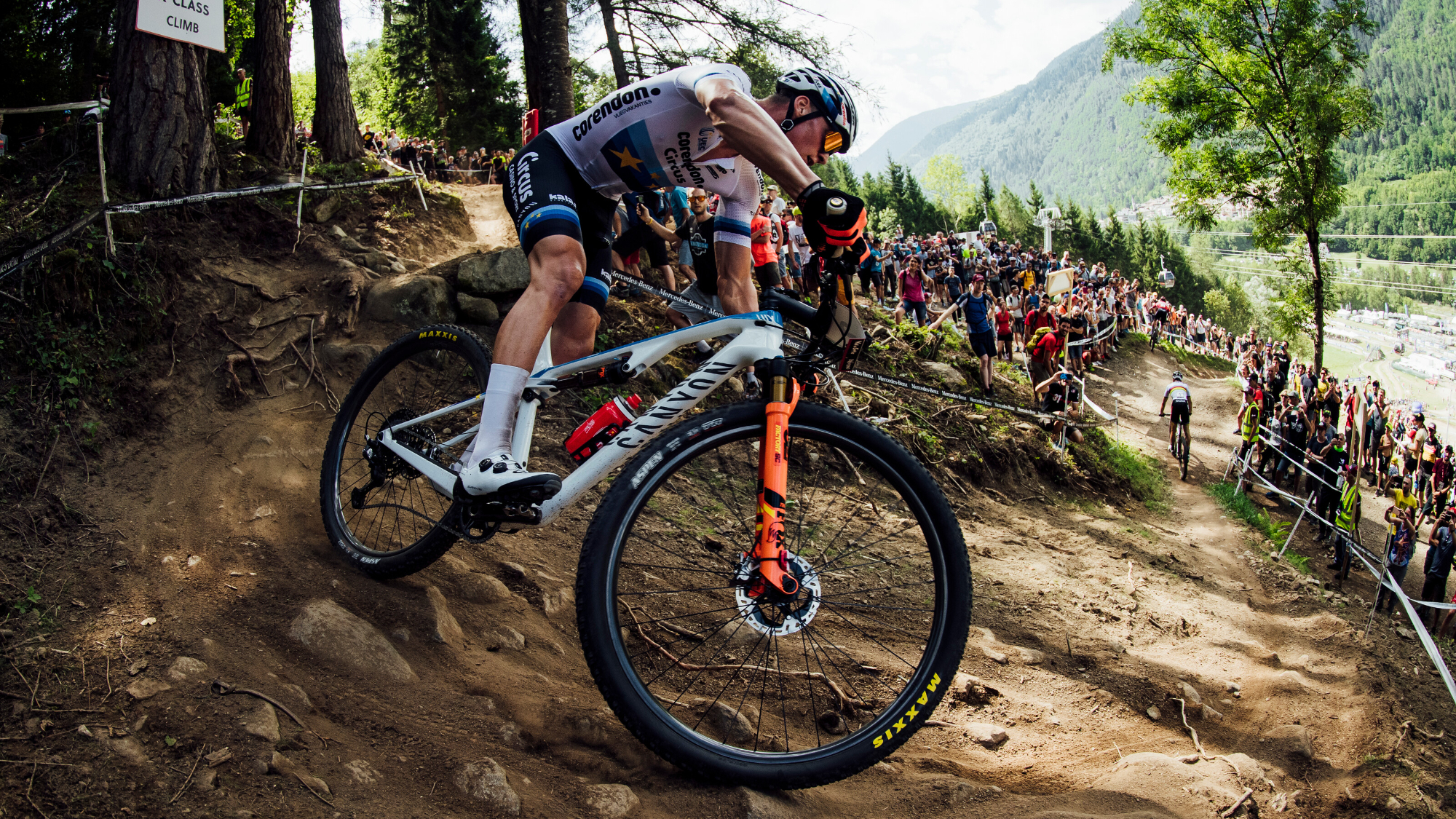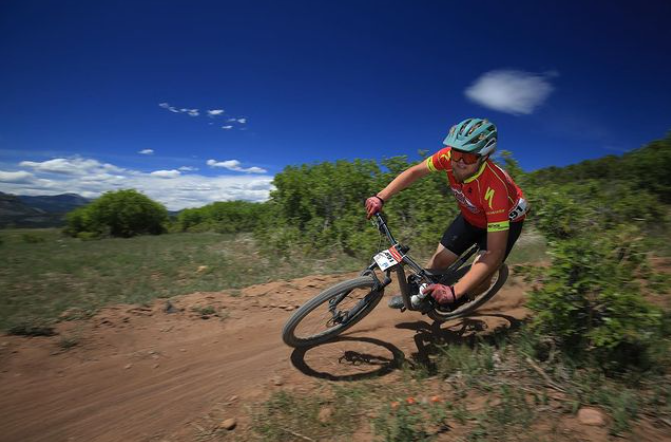How to ride switchbacks: Take on tight corners with confidence
Switchbacks represent a fundamental part of mountain bike trails, and learning how to master riding them will make you a faster and more skillful rider

Switchbacks may seem like a mundane, usually annoying, trail feature. But they are really one of the bedrocks that allow riders to access the terrain that they love to ride.
Trails can't be built going straight up or down a mountain. Over time, this creates ruts and erosion, which isn't as much fun to ride and negatively impacts the surrounding environment. That's why trails have switchbacks to travel up and down steep slopes to get to their planned endpoint.
Since switchbacks are such a fundamental part of most types of mountain bike trails, knowing how to ride them well is a fundamental mountain bike skill.
Braking and line choice
Let's begin by covering how to ride switchbacks while going downhill as the approach is quite different from when you learn how to ride berms. The first thing you need to do, obviously, is slow down. Switchbacks are tighter than regular corners - sometimes they turn more than 180-degrees - so you will need to scrub off a lot of your speed or risk flying off the trail.
The majority of braking should be done before entering the corner, so start slow and gradually increase your speed as you get more comfortable going around switchbacks.
Next, you need to set up your line through the switchback. Since switchbacks are so tight, it's optimal to set up your line as wide as possible. Sometimes this isn't possible, and you just have to roll with the awkward punches.
If the switchback is turning left, get as far right as possible, this can sometimes mean hoping onto the sidehill of the trail if you need to in order to open up the corner and improve exit speed.

Body postion and exiting the corner
Switchbacks can be super slow and awkward, but proper body positioning can make things feel and be a lot more smooth.
Start by looking down the trail at where you want to go. This will naturally pull the front of your body toward that point, so you don't have to consciously think about it as much.
Drop your outside foot and pivot your hips and shoulders to face the direction the trail is going. If you point your body, your bike will naturally follow.
If you need to, lightly feather the brakes to control your speed. It may also feel more comfortable to take your inside foot off the pedal for stability as you are first practicing on switchbacks.
You want to avoid grabbing too much brake, as this will kill all of your momentum, make your bike feel nervous or cause your tires to lose traction. Once you've gotten through the work of the corner, you can let off the brakes and continue riding. It's better to come into the switchback slower and exit faster, rather than the opposite.
On man-made trails, it's unlikely that you will encounter a switchback so tight that you cant ride around it however if you ride natural or walking trails then these features are more common. The approach to these is to perform an endo turn or euro turn (so-called because of the repetitive super tight switchbacks common in European EWS rounds), this involves pulling the front brake and pivoting the rear of the bike around.
It can be a complicated maneuver to perform however the fundamentals of this move are fairly simple and can be learned during carpark skills sessions. To perform an endo turn, approach your turning point slowly, gently turn in and put the front brake to pick up the rear wheel. As with all cornering skills, look to where you want to go which will help bring the bike around. Releasing the front brake will bring the back wheel safely down. Start small and build up, experimenting with the effects of body weight and the amount of front brake used as these have different effects on the bike's pivoting movement.

Uphill Switchbacks
Going uphill through switchbacks can be simpler and less scary since you are relying more on your own power rather than technique. However, some of the same advice applies. Looking ahead around the corner will help you get around it, and starting with a wide line will give you more space to work with.
If the switchbacks are mellow, you can remain seated, but if they are steeper, you may need to stand up and pedal out of the saddle. In this case, you need to focus on keeping the rear wheel from sliding out.
Everybody's bike and setup is different, which can impact how much traction the rear tire has. But you will want to keep your body position balanced to keep some weight over the rear of the bike. If you lean too far forward the rear tire will slip out, however if you move too much of your weight back it may cause your front wheel to lift up causing you to lose control.
You may encounter switchbacks that are either too tight or feature technical obstacles that disrupt your line. If this is the case you may be required to use a series of bunny hops to pivot around the corner or over the mid-corner features. While this is a skill all in itself and requires excellent balance, the trick is to tackle it slowly, smoothly with a calculated approach.
Ryan Simonovich has been riding and racing for nearly a decade. He got his start as a cross-country mountain bike racer in California, where he cultivated his love for riding all types of bikes. Ryan eventually gravitated toward enduro and downhill racing but has also been found in the occasional road and cyclo-cross events. Today, he regularly rides the trails of Durango, Colorado, and is aiming to make a career out of chronicling the sport of cycling.
Rides: Santa Cruz Hightower, Specialized Tarmac SL4

